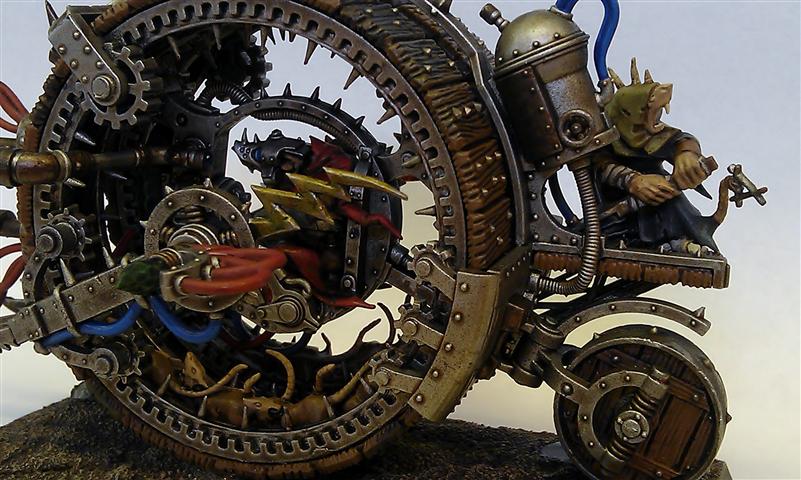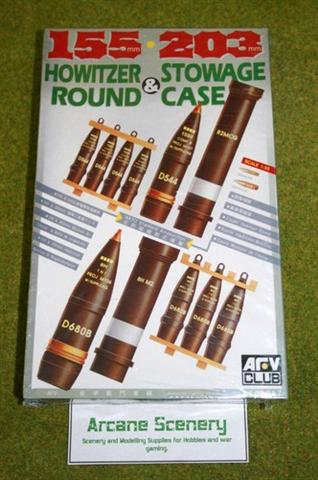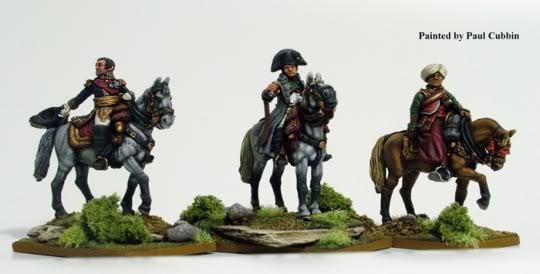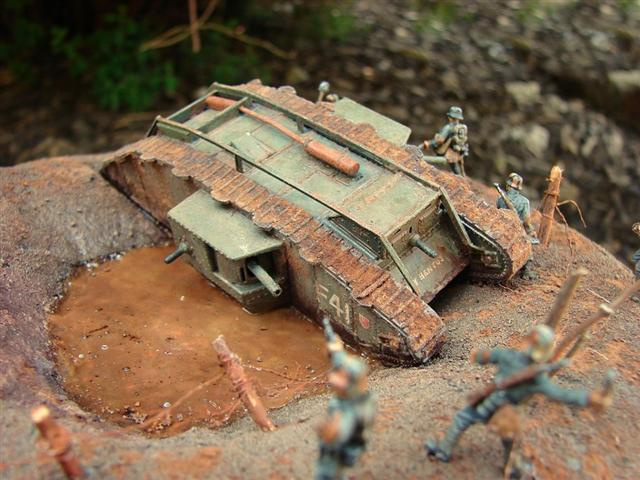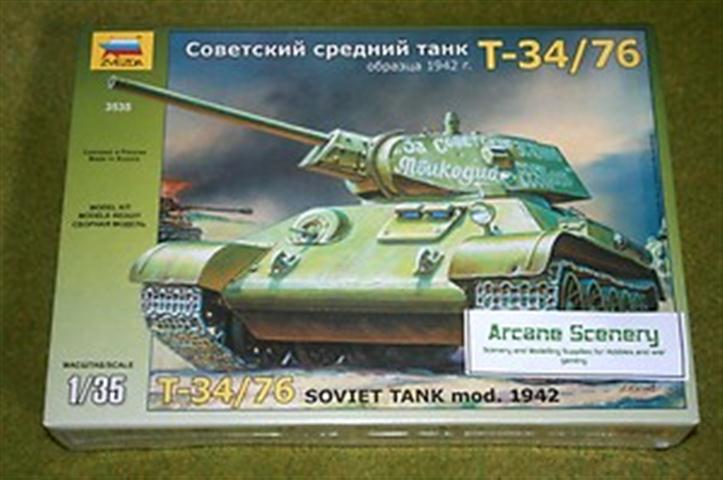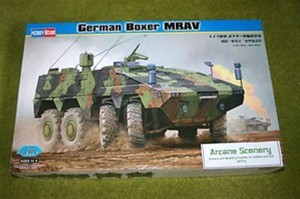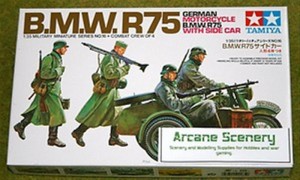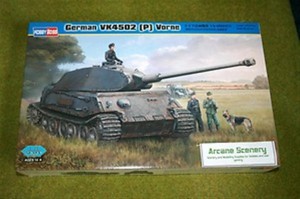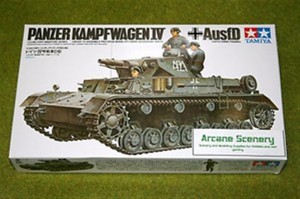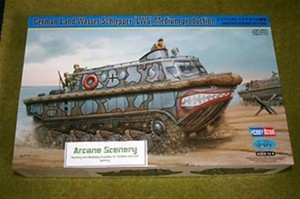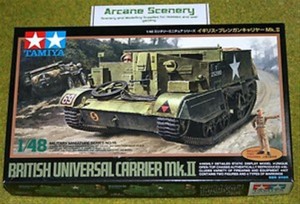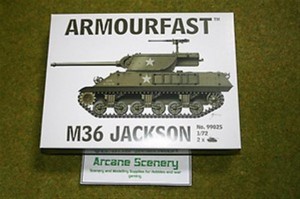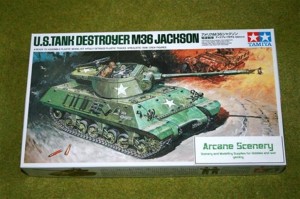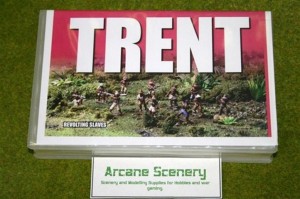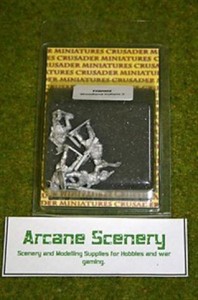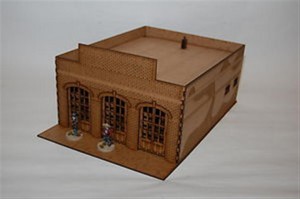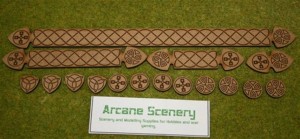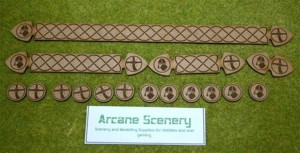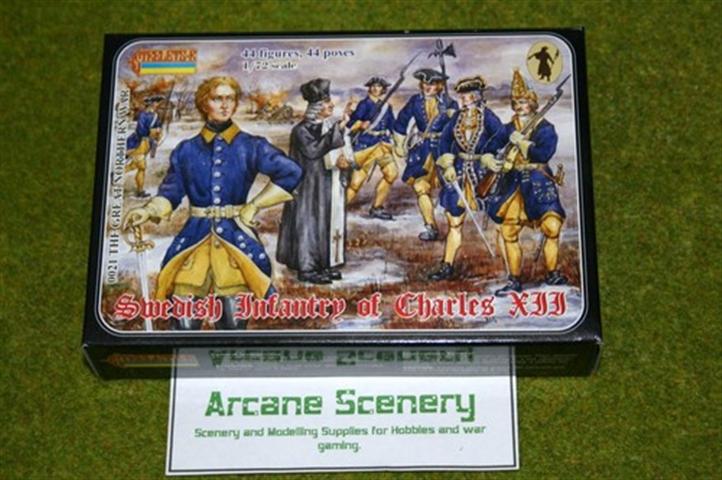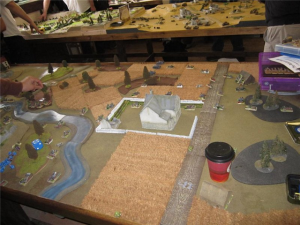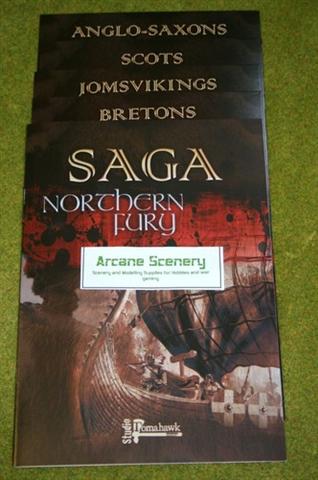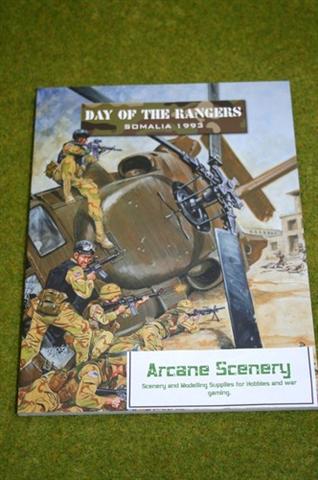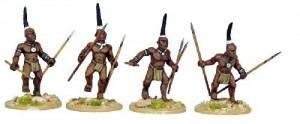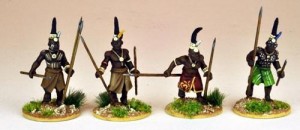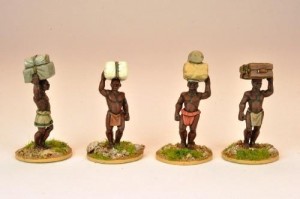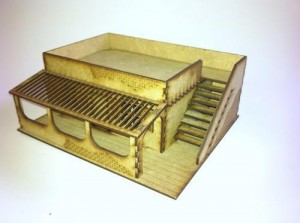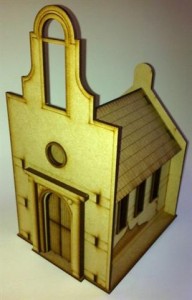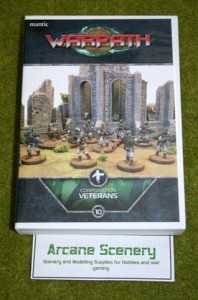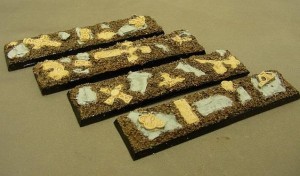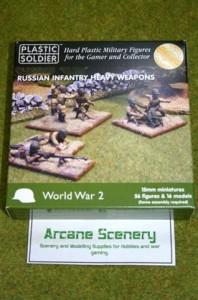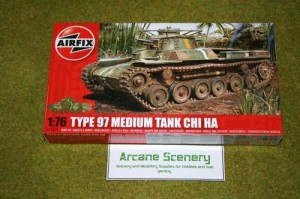Though Arcane’s main theme (such as it is) is Napoleonic, as that is what the bossman loves, not everyone about these parts is a fan of the little French dude, or indeed historical gaming…
Office Ninja Rob is a fantasy gamer and is currently in the process of building his latest army for Warhammer Fantasy, a Skaven army. Rob tells us more about the army, which is currenly in progress…
Why skaven?
The models are really distinctive, everyone has elves, dwarves and orcs but skaven are unique.You also get a big army, and its not one that many people do because its allot of figures to paint. Most Skaven armies are around 200 infantry plus toys.
What is the design theme?
Basically based on medieval Japan. Its a quite interesting period of warfare. It is very different and distinctive. I guess I liked it because the people did things because it was their duty and not because some bloke in a castle said do it or I’ll chop your head off! I’m doing it because I like doing it!
What does your army consist of?
At the moment I have got the Doomwheel, a warp lightening canon, 25 storm vermin, and 75 clan rats. So far. Plan to have eventually everything…Vermin Lord, Screaming Bell, Gutter runners, Abomination.
What is your approach to painting?
Spay them brown! As with most figures that are not of a sci-fi origin they lend themselves well to a brown base coat. This covers one of the main fur colour as well which cuts down the amount of block colours you need to apply. I’ve got a strange basing style as well, I’m using bamboo skewers to create the effect of the army moving through a forest. I will eventually add clump follage to these to finish the tree effect.
What did you play with before the skaven?
My previous army was Warriors of Chaos. It was the first amy I collected for the WFB game system so I have got a little bit of everything. There’s no particular style with them I was just getting into the game.
What else do you play?
Hordes and War Machine. I have two armies. Cygnar classic blue good guys with lots of guns and lighting bolts, and Circle of Orboros , which are forest druids with pet werewolves. I haven’t painted any of these yet, they are still in bare metal. As Privateer Press are an American company there are no painting requirements to play. It’s not that I won’t paint them I am just concentrating on the Skaven at the moment so I can get them tournament legal.
Any painting hints?
Colour primers. 90% of everything that you paint you can paint off a grey or brown primer. Most colours will apply well straight from the pot. I thin everything down with water to get smooth coverage, its better to put two coats on and keep the paint smooth. For paints I tend to shop around for paints I primarily use Vallejo’s model colour, a few gems from the foundry range and what’s left over from my Workshop paints. Although I haven’t used it on the skaven, quickshade, or Army Painter dip is really good, you can paint things really fast with it.
If you’d like to show off your work email us at arcanescenery@gmail.com


